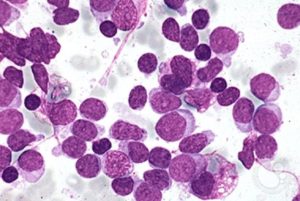
Acute leukaemia
Acute leukaemia is a rapidly progressing cancer that starts in blood-forming tissue, such as bone marrow, and causes large numbers of white blood cells to be produced and enter the blood stream.

Acute leukaemia is a rapidly progressing cancer that starts in blood-forming tissue, such as bone marrow, and causes large numbers of white blood cells to be produced and enter the blood stream.

Amyloidosis is a rare and serious protein deposition disease. It includes a group of diseases in which an abnormal protein, known as amyloid fibrils, builds up in tissue or organs.

Anaemia is a decrease in the total amount of red blood cells (RBCs) or haemoglobin in the blood, or a lowered ability of the blood to carry oxygen. Anaemia is usually a sign of a disease process rather than a disease itself.

Aplastic anemia (AA) is a rare condition that occurs when your body stops producing enough new blood cells. In AA the bone marrow and the haematopoietic stem cells that reside there are damaged. This causes a deficiency of all three blood cell types: red blood cells, white blood cells, and platelets.
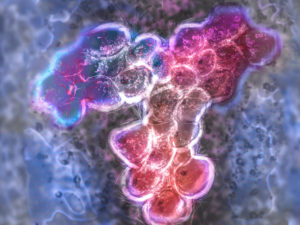
Autoimmune haemolytic anaemia (AIHA) is a group of rare but serious blood disorders. It is characterised by a malfunction of the immune system that produces autoantibodies. Normally, antibodies help to target foreign invaders such as bacteria and viruses.
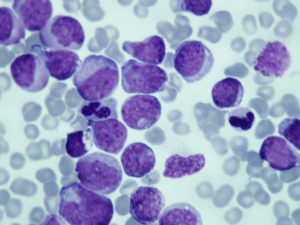
There are many types of chronic leukaemia. Some produce too many cells and some cause too few cells to be produced. Chronic leukaemia involves mature blood cells. These blood cells replicate or accumulate slowly and can function normally for a period of time.
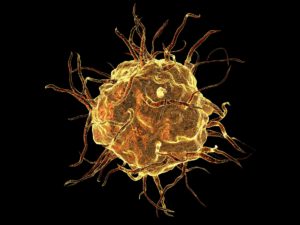
Erdheim-Chester disease (ECD), also termed a non-Langerhans-cell histiocytosis, is a very rare disease characterised by the abnormal multiplication of a specific type of white blood cell called a histiocyte (or tissue macrophages).

Essential thrombocythemia (ET) is a rare disease in which the body produces too many blood platelets. ET is a myeloproliferative disorder, which means it causes platelets, white blood cells and red blood cells to grow abnormally in the bone marrow.

Glanzmann's disease, or Glanzmann’s thrombasthenia, is a rare condition in which the blood platelets (thrombocytes) don’t work properly. A person with Glanzmann’s disease is very susceptible to bruising and spontaneous, severe bleeding.
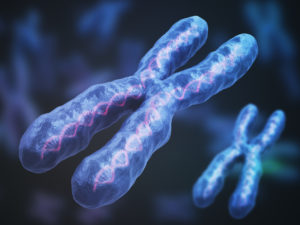
Glucose-6-phosphate dehydrogenase (G6PD) deficiency (G6PDD) is an inherited metabolic disorder. The disease is caused by a defect in the G6PD gene, resulting in a glucose-6-phosphate dehydrogenase (G6PD) enzyme deficiency.
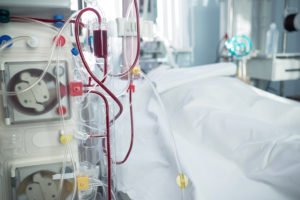
Graft-versus-host disease (GvHD) arises when the donor's immune cells (grafts) recognise the tissue of the recipient (host) as foreign and attack them. The immune cells particularly attack the skin, intestines, liver and bile ducts. This rejection reaction causes inflammatory symptoms and can be life-threatening.

In the case of haemochromatosis, the intestines absorb more iron from processed food than is required. Normally this excess is removed through urine, but in the case of patients with hemochromatosis, the concentration of iron is too high to be normally processed.
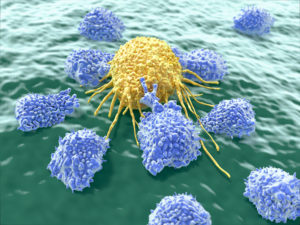
Patients with (familial) haemophagocytic lymphohistiocytosishave histiocytes have lymphocytes with a defect and therefore are not able to respond effectively to infections.
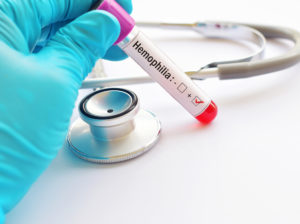
Haemophilia is a hereditary, congenital condition in which there is a shortage of clotting factors in the blood. As a result, the blood does not clot properly and will result in regular haemorrhages.
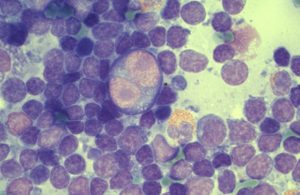
Hodgkin lymphoma, also known as Hodgkin's disease, lymphogranuloma malignum and Hodgkin's morbus, is a type of cancer of the lymphatic system (lymphoma).
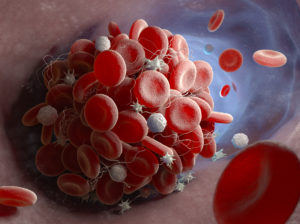
Immunobromtocytopenia or idiopathic thrombocytopenic purpura (ITP) is a rare autoimmune disease that is characterised by an increased break down of platelets.
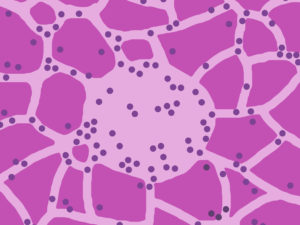
Langerhans cell histiocytosis (LCH) is characterised by the proliferation of Langerhans cells in the skin, bones and bone marrow. This proliferation interferes with the functioning of the tissues and organs.

Leukaemia is the collective name for several types of bone marrow cancer and involves the abnormal growth of white blood cells.
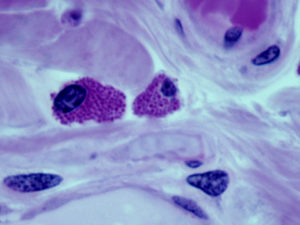
Mastocytosis is a rare and often a chronic disease of the mast cells. These mast cells are white blood cells that are involved in allergic reactions and play an important role in the immune system.
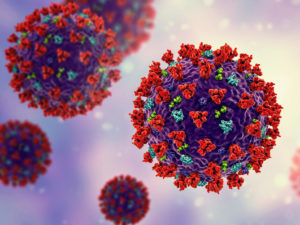
Monoclonal gammopathy of undetermined significance (MGUS) is a condition that is characterised by the production of an aberrant antibody called M-protein by plasma cells.
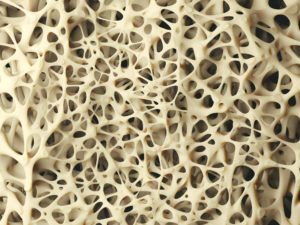
Multiple myeloma, also called Kahler's disease, is a type of bone marrow cancer that is caused by a certain type of white blood cells (plasma cells) that suddenly become malignant.
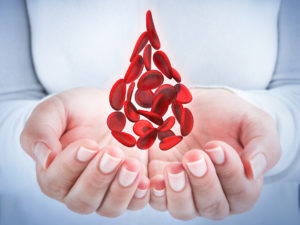
Myelodysplastic syndrome (MDS) includes a group of bone marrow disorders that are characterised by the production of abnormal red blood cells.
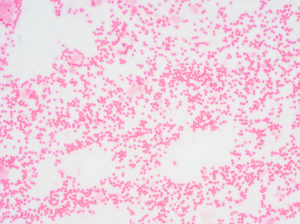
Myelofibrosis (MF) is a rare disease that is characterised by the formation of too much connective tissue (fibrosis) in the bone marrow (myelum).
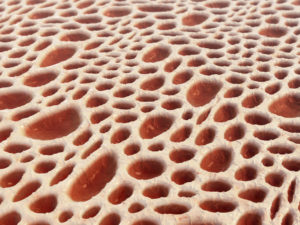
Myeloproliferative disorders ('myeloproliferative disorders', MPDs) are diseases in which the bone marrow produces too many red blood cells, white blood cells, connective tissue and / or platelets.

Non-Hodgkin lymphoma (NHL) is cancer of the blood and lymph system. This term covers all types of lymph gland cancer that cannot be classified as Hodgkin's disease.
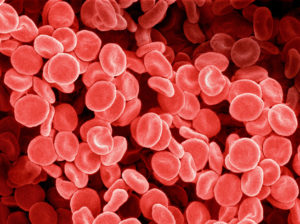
Polycythaemia Vera is one of the myeloproliferative disorders that is characterised by the production of too many red blood cells.
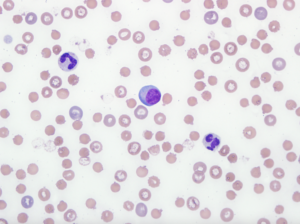
Pyruvate kinase deficiency (PKD) of red blood cells is a rare, inherited and severe form of chronic anaemia, and is a type of haemolytic anaemia.

Rosai-Dorfman disease is an extremely rare disorder and is characterized by abundant non-Langerhans sinus histiocytes in the lymph nodes.
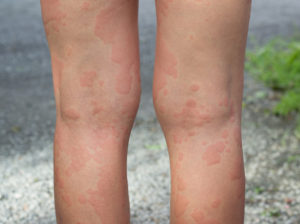
Schnitzler syndrome is a rare autoimmune disease characterised by skin rash (hives), fever, as well as muscle and bone pain. The body produces antibodies that cause infections.
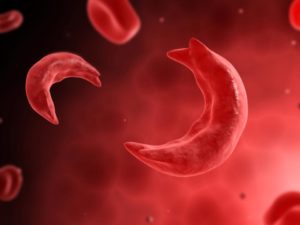
Sickle cell disease, or sickle cell anaemia, is an inherited and chronic form of anaemia. It is a group of blood disorders characterised by a malformation of the red blood cells.

Sjögren’s syndrome is a long-term autoimmune disorder that affects parts of the body that produce fluids such as tears and spit (saliva).
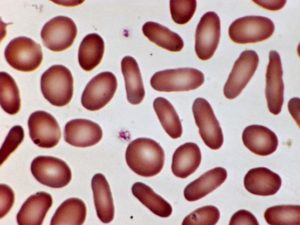
Spherocytosis and elliptocytosis are inherited blood disorders characterised by spherical- or ellipsoid- shaped red blood cells and anaemia.
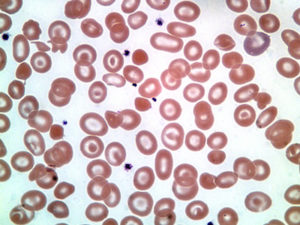
Thalassaemia is an inherited blood disorder in which the body is unable to make adequate haemoglobin (=haemoglobinopathy).
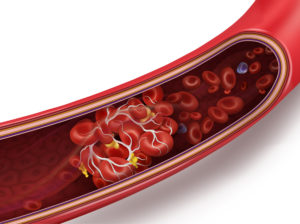
Thrombosis is the formation of a blood clot (thrombus) inside a blood vessel, obstructing the blood flow through the body.
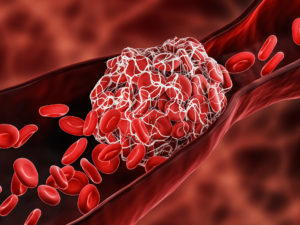
Thrombotic thrombocytopenic purpura (TTP), or Moschcowitz disease, is a rare but severe disorder of the blood-clotting system, causing extensive microscopic blood clots in the small blood vessels, resulting in low platelet (thrombocyte) counts.